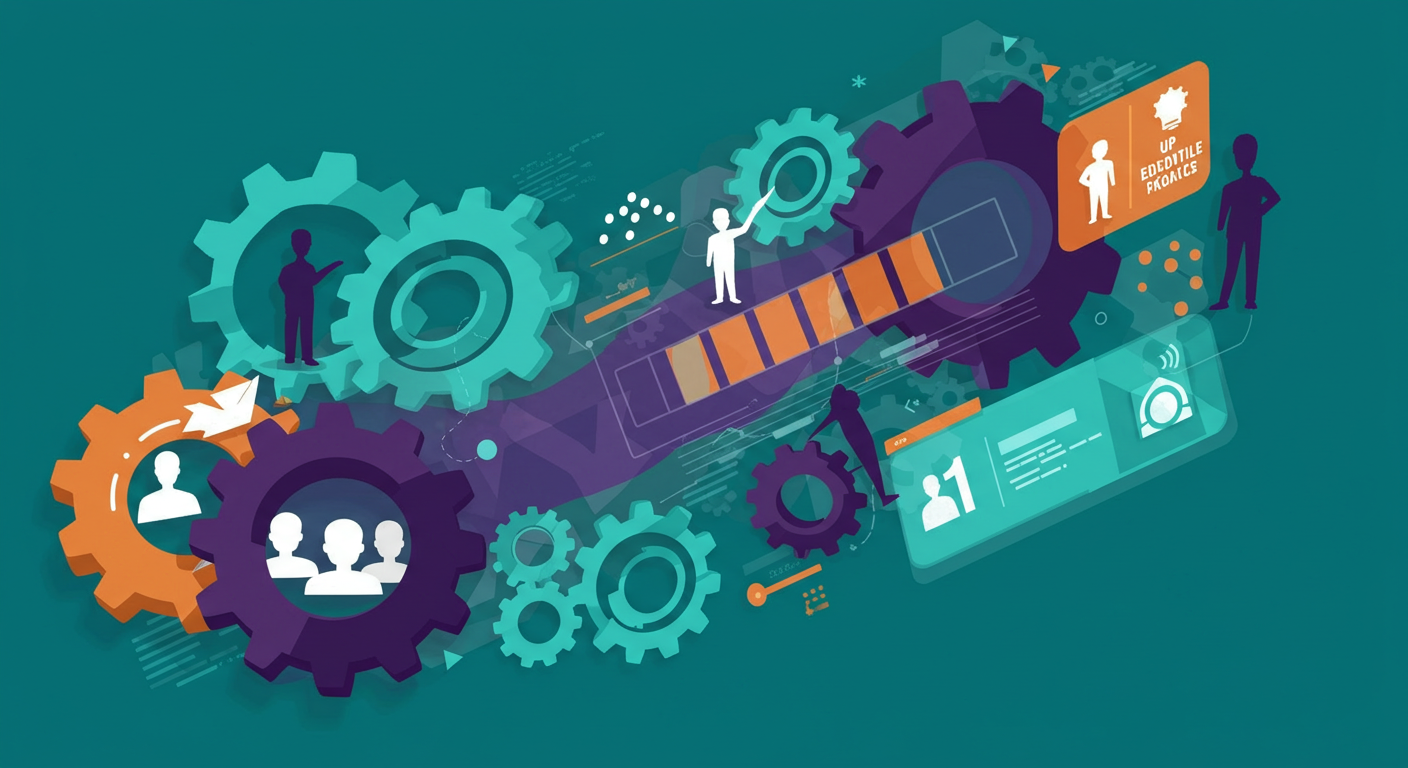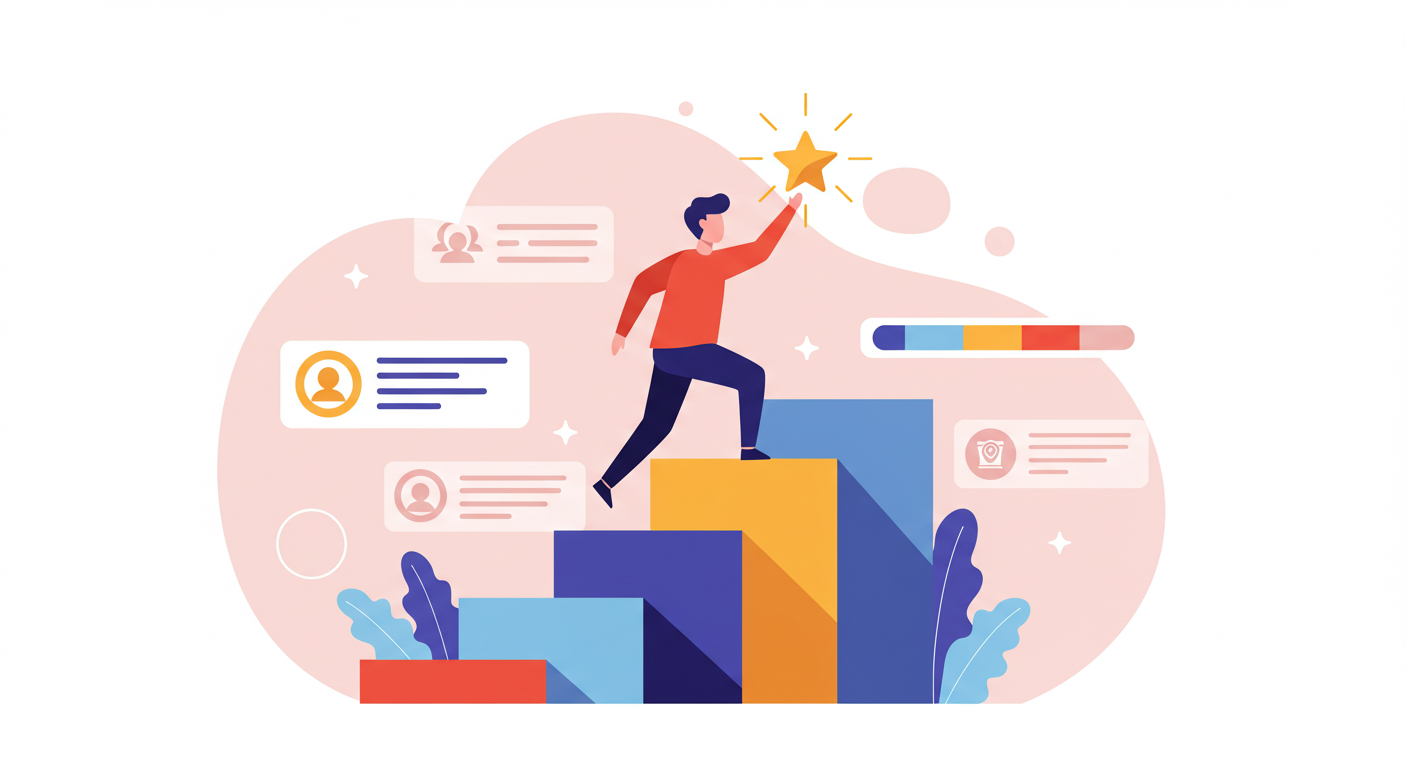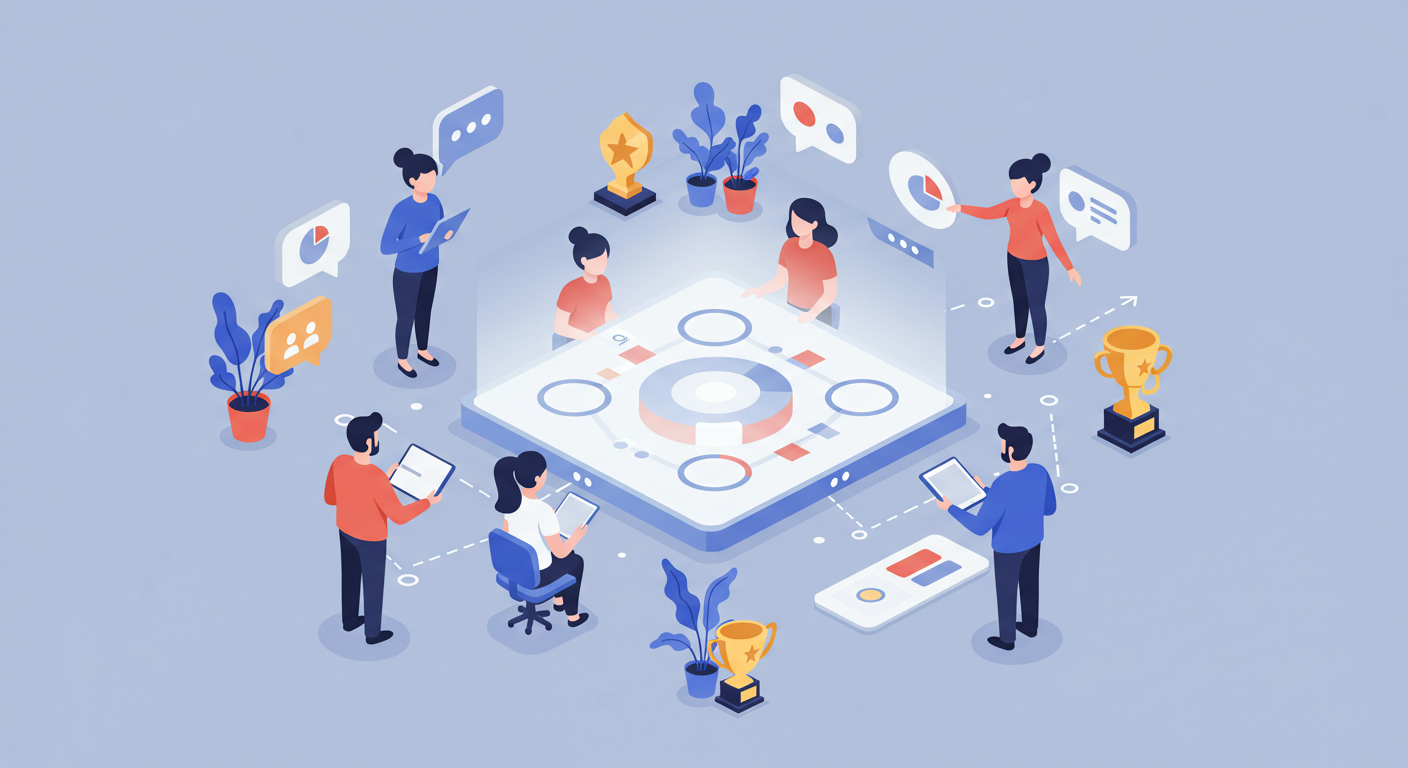Gamification for Teams: Boost Project Engagement
Updated on Jul 14, 2025 by Gabryela Vilarino

Managing projects often means keeping teams engaged. This is a constant challenge. However, gamification offers a solution. It uses game ideas in work settings. As a result, this makes normal tasks fun and rewarding. But why does gamification work so well? Ultimately, the answer lies deep in human psychology.
The Psychology Behind Engagement
First, gamification taps into what makes people tick. It uses our desire to achieve. For example, we love challenges and feeling successful. Therefore, gamification gives us points, badges, and leaderboards. These show our progress. Consequently, this feeds our need to win. When team members feel successful, they want to do more. This creates a positive cycle.
Furthermore, people also like to feel in control. In many projects, team members can feel like small parts of a big machine. They might think they have little say. However, gamification can give choices. It offers different ways to reach goals. This makes people feel more in charge of their work. Ultimately, this feeling of control makes them more engaged and responsible.
The Power of Social Connection
Humans are social creatures. Thus, gamification uses this to its advantage. It helps people work together and compete in a healthy way. For instance, leaderboards and team challenges build teamwork. They also make people want to do their best. When managed well, competition can push teams to work harder. It helps them get better results. Moreover, public recognition, like badges, strengthens team bonds.

The path to achievement: gamification transforming every step into an accomplishment.
Immediate Feedback and Rewards
One key benefit of gamification is quick feedback. Unlike old ways of checking work, gamification shows progress right away. This fast feedback helps team members change what they do. They can improve their work quickly. Additionally, rewards, such as points or bonuses, encourage good actions. They make people want to keep doing well.
How to Apply Gamification in Projects
To use gamification well in projects, follow these steps:
1. Set clear goals: What do you want gamification to achieve? For example, do you want more output, better quality, or happier teams?
2. Know your team: What motivates them? Remember, not everyone likes the same game elements.
3. Pick the right game parts: Use points, badges, or challenges. Choose what fits your goals and team best.
4. Balance challenge and reward: Tasks should be interesting but not too hard. Otherwise, people might give up.
5. Be open and fair: Rules must be clear. Rewards must feel fair to everyone.

Connection and collaboration: the power of gamification to unite teams.
Conclusion
Gamification is more than a trend. Instead, it uses real ideas about how people think. It can change how project teams work. It taps into our desire to achieve, be in control, connect with others, and get quick feedback. Therefore, gamification can make work more active, fun, and productive. To learn more about managing projects and teams, visit the Gipo website and read our blog.
[…] At Gipo, we know good project management and strong teams are key. Additionally, our tools help leaders inspire, not micromanage. Furthermore, they give needed insight and control. Moreover, they do this without stopping new ideas and freedom. Visit our website to learn how we can help your team succeed. For more insights on boosting team engagement, check out our post on Gamification for Teams: Boost Project Engagement. […]
[…] 👉 For more ways to improve team performance, check out our post on Gamification for Teams: Boost Project Engagement. […]